Super handy tablespoon for winter expeditions
Dining spoon for expeditions
You may not immediately think of it when you go on an expedition to the North Pole or an expedition to the South Pole.
You are more likely to think about navigation, lighting and a tent, as well as good shoes and planning your expedition.
Cutlery is less likely to be thought of.
Nevertheless, good cutlery is indispensable when you are on an expedition, as good food is equally necessary to complete the expedition.
Therefore, choose a tablespoon for expeditions with care.
Because certainly not every spoon is equally suitable for expeditioning.
Always make the most of a long tablespoon
Initially, a tablespoon for expeditions should be long enough.
So never take a standard or small spoon on a trip to Norway, Greenland, Sweden or the Arctic.
In fact, often during an expedition you eat from a bag.
This means that the spoon does need to be of sufficient length to reach the bottom of the bag as well.
Besides the length, the material of the tablespoon for expeditions is also very important.

Be careful that the tablespoon does not freeze to your tongue
It sounds crazy, but it really is.
Don’t let the tablespoon of your choice stick to your tongue.
If you choose a tablespoon made of metal, you will have a problem at temperatures below 20 degrees below zero Celsius.
After all, if you put a metal spoon in your mouth at that temperature, chances are that the expedition dining spoon will freeze to your tongue.
But plastic isn’t everything either…
Be careful with a plastic tablespoon; the spoon may break at lower temperatures
If you choose a tablespoon for expeditions made of plastic, you won’t run the risk of freezing to the tongue.
Moreover, the plastic tablespoon is still fairly pliable, which also offers the necessary advantages when you go on expeditions.
The disadvantage when you choose a tablespoon made of plastic is that at lower temperatures, there is a chance that it will break.
Then again, you don’t have that with metal tablespoons.
So it is weighing which material you choose if you have decided to opt for a tablespoon made of metal or plastic.
I myself have a metal lobe and do with the first bite carefully.
In any case, there is a sufficient supply of the tablespoon for expeditions
Most people who regularly go on expeditions to the Northern Lights or on trips to Scandinavia choose a tablespoon made of plastic for the aforementioned reasons.
So think about the length of the tablespoon, so that when it comes to food you do always get the most out of the can (read: bag).
Fortunately, when it comes to tablespoons, you have plenty to choose from, and not just the length and material.
There are numerous tablespoons available that are suitable for taking on expeditions.
You have the standard tablespoon in abundance, and in addition, you also have the choice of different designs, a curled tablespoon for example.
Choosing the right cutlery is important when going on an expedition to Greenland or on a winter expedition.
Never think about this lightly and take the choice you make extremely seriously.
Can’t figure it out?
If so, please contact us and we will help you.
Below you can read the transcript of the video recorded by Henk-Jan Geel about the expedition materials.
‘I want to talk a little bit about your spoon in this video because a spoon is certainly not unimportant on arctic expeditions.
This and this that are the spoons I take with me on expeditions.
It’s a long spoon because when you eat your food, it happens from one of those pouches and then your spoon has to be able to end up at the bottom of the pouch, I have a plastic spoon not a metal spoon because a metal spoon, the disadvantage of that is if it’s minus 20 and you put a metal spoon in mouth it freezes to your tongue.
That does not happen with a plastic spoon and this spoon is yes fairly pliable.
This spoon on the other hand that is a little less pliable and if it’s cold then this spoon if it’s very cold then this spoon can break more easily so make sure you have a sturdy spoon with you preferably a plastic spoon that is long so that it can get at the bottom of a bag of expedition food.’

Adventure food ready to be eaten in a tent in Antarctica
Read more blogs about clothing for expeditions.
Or watch the videos on expedition materials.
But don’t want to miss anything. Then take a look at all personal equipment.

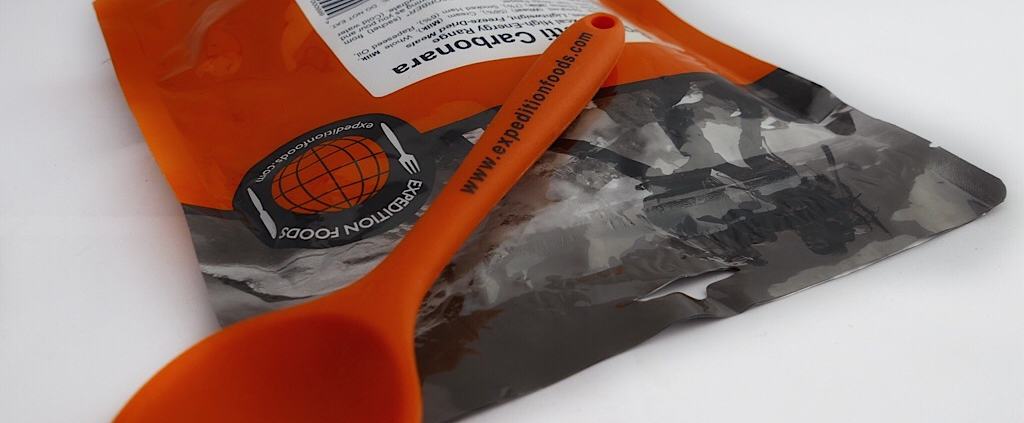
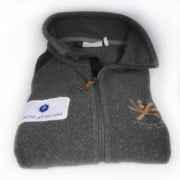

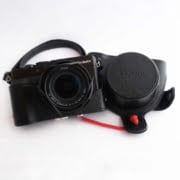
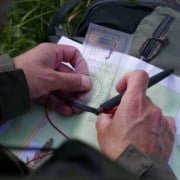
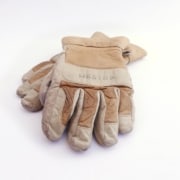
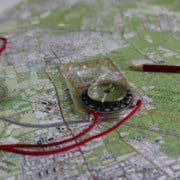









Leave a Reply
Want to join the discussion?Feel free to contribute!